What is a Go Box?
The go box–also called go kit, jump kit or EMCOMM box–is a topic that has been much discussed in the amateur radio community. Though extensively debated, there are too many choices and individual preferences to make a set of defined rules that would constitute what makes a go box. While some people focus on EMCOMM, a go box is also handy for camping, Parks On The Air, Field Day, and other on-the-go activities.
What are Your Priorities?
Before starting to construct a go box, the parameters that are needed the most must be considered and planned. Oftentimes the go box doesn’t live up to expectations after completion. This can be due to making the wrong compromises from the start, changing variables over time, or finding out that what was thought to be needed from the setup is no longer applicable. For these reasons, flexibility and the ability to reconfigure at a later date are high priorities in a go box plan. Other items to consider include:
Portability
- Does it need to be backpack portable?
- How far will you be traveling?
- Should the case have wheels?
- Will other items be needed to complement the system?
RF Power
- What is the planned goal for making contacts? DX/Local/Contesting?
Data Modes
- Is a laptop or tablet needed?
- Are sound cards and extra cabling needed?
Cost
- What is the budget?
- Can the goals be met within this budget–even if it is very small?
APRS
- Is this feature needed in the go box?
- Is this feature built into the equipment or is additional equipment required?
Weather
- Is this an EMCOMM box that would benefit from additional monitoring?
- Would additional monitoring be useful due to being far away or being unable to obtain additional information?
Running the System
- Built in batteries?
- Type of run power?
Choosing an Enclosure
Depending on the requirements of the go box, there are quite a few options when choosing an enclosure. The ability to conveniently access connections and other items should also be considered.
This iPortable 6UM Pro2 Equipment Rack System (below) comes with many built-in features for ready-to-go deployment.
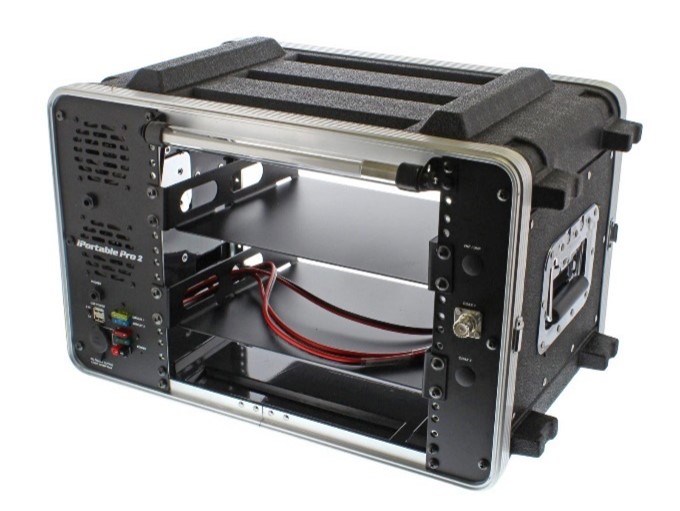
Standard Molded Equipment Rack Cases from Gator Cases come with full-size locking front and rear removable lids that incorporate heavy-duty “butterfly” twist latches that secure the lids onto the case. Accessories need to be designed and added.
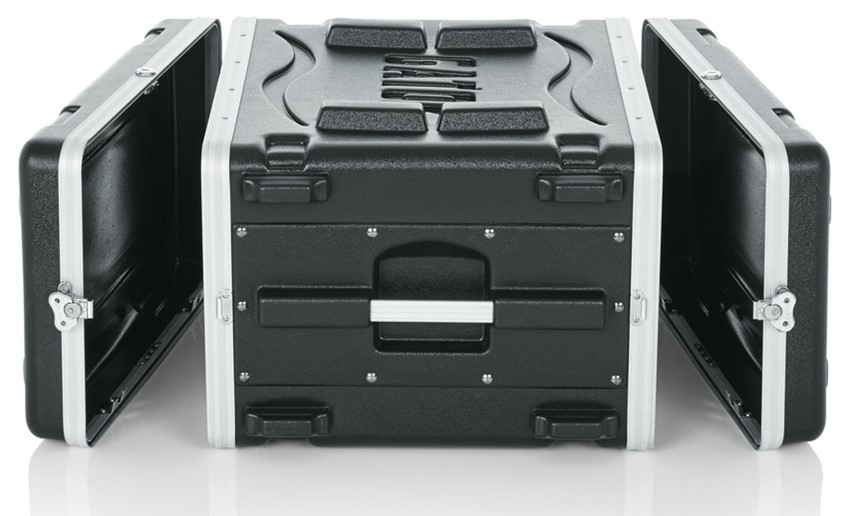
This rack-mount, soft-sided case below has a zip-down front and back cover for proper air flow. All accessories need to be designed and added.
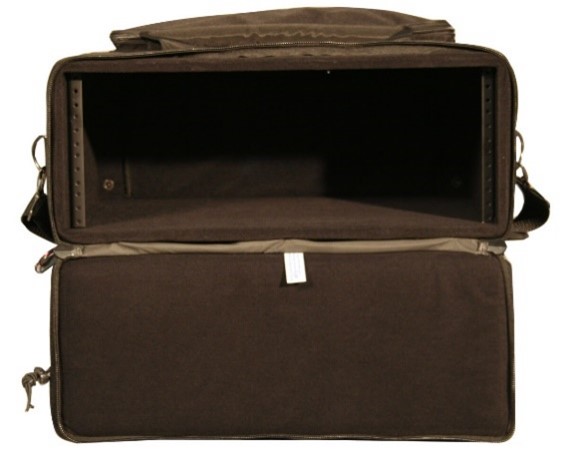
NANUK equipment cases come with or without wheels for different applications. Accessories and air flow need to be designed and added.
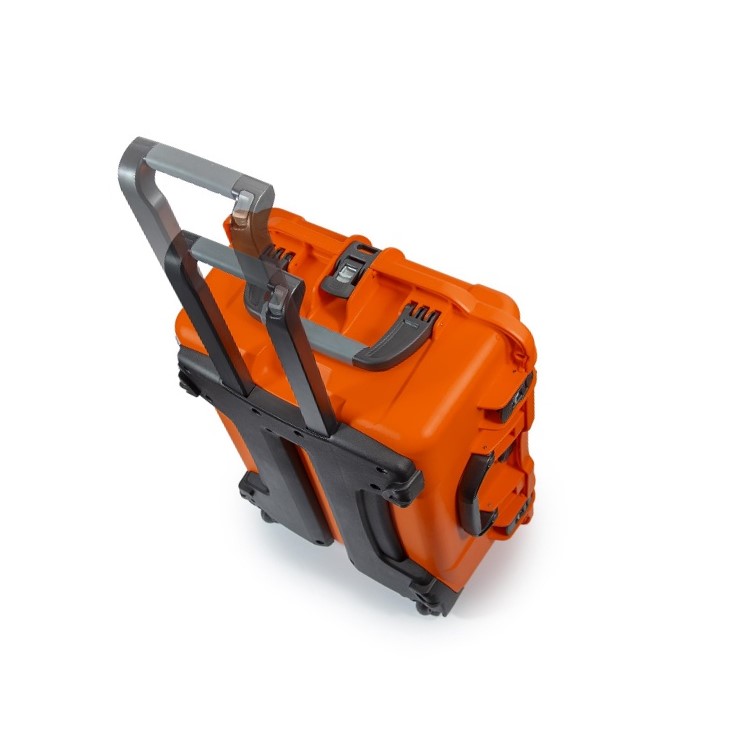
Cases like the one below can come in either plastic or metal depending on application. Lightweight for maximum portability, their small footprint means less room for design and accessories.
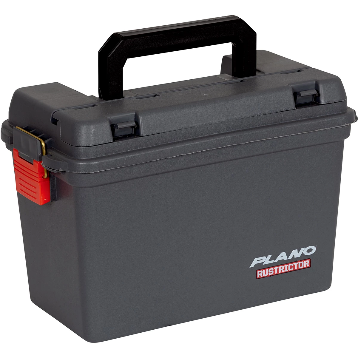
What is Inside?
There are countless options for equipment and accessories in your go box, so listing them here would not only be impossible, but would turn this blog post into one very long parts list. There are no wrong choices; the user’s preference and experience make the decisions right for them. Researching, exploring other examples, and trial runs will help along the way to completing the project.
Completed Designs: An Individualized Viewpoint
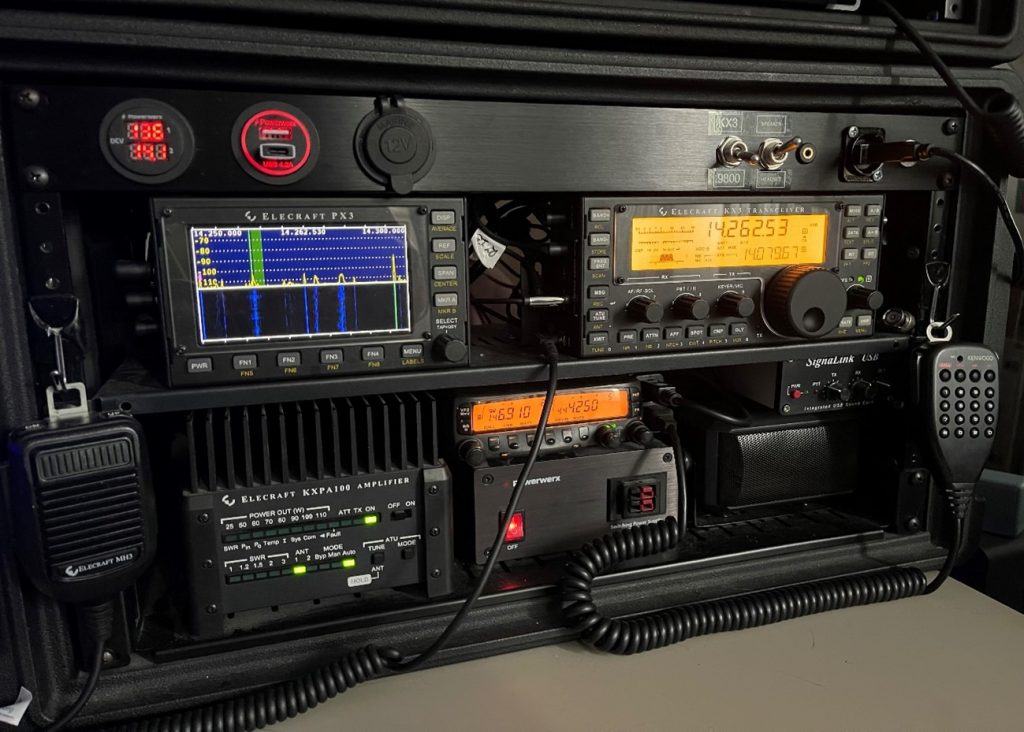
Above is my go box (some parts have been replaced here or there since this photo, but it’s basically the same design). This is a 6U shallow, hard-sided rack-mount case. The front and back are removable for air flow. I also use this as my base station at home. This box provides 100 watts for HF and 50 watts for 144/440 MHz mobile. The idea is to be able to use it as my base station with the optional capability to add a higher power amplifier, which I haven’t needed yet. This case is carriable by me; for long distances I have separate wheel assistance. I can also pop out the KX3 and put it in a small soft-sided case for backpacking or light carrying. I have a tablet that easily attaches for digital modes. I did choose to use a separate, external battery box, which will be a later blog topic.
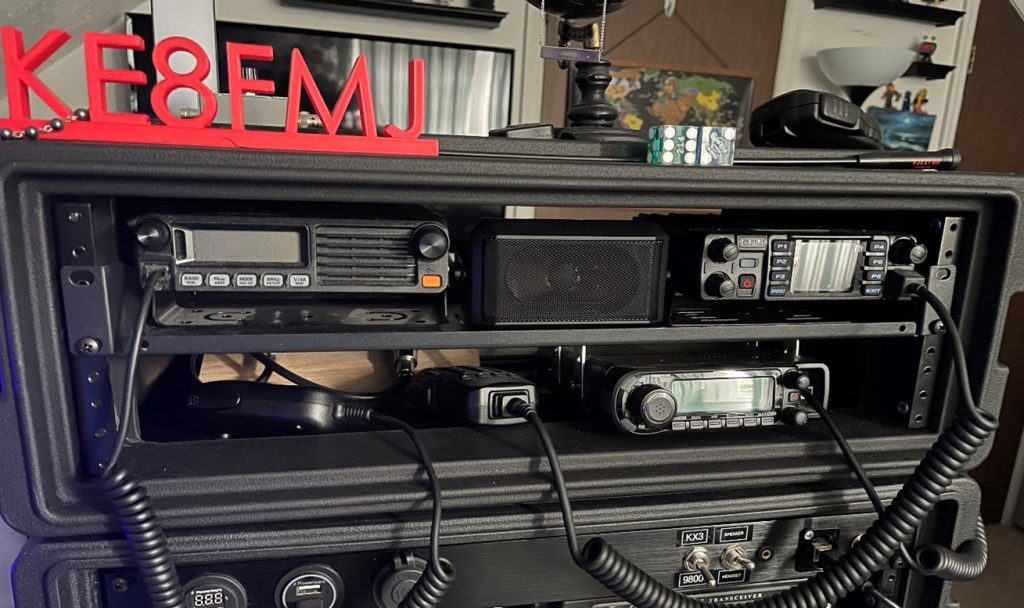
The success of my go box prompted me to put together the above “digital expansion box.” This is a 3U shallow hard-sided, rack-mount case that stacks perfectly on top of its 6U big brother. It also has a removable front and back. It is still a work in progress, but this box gives me the ability to switch between DMR, D-STAR, and Fusion/Wires-X.
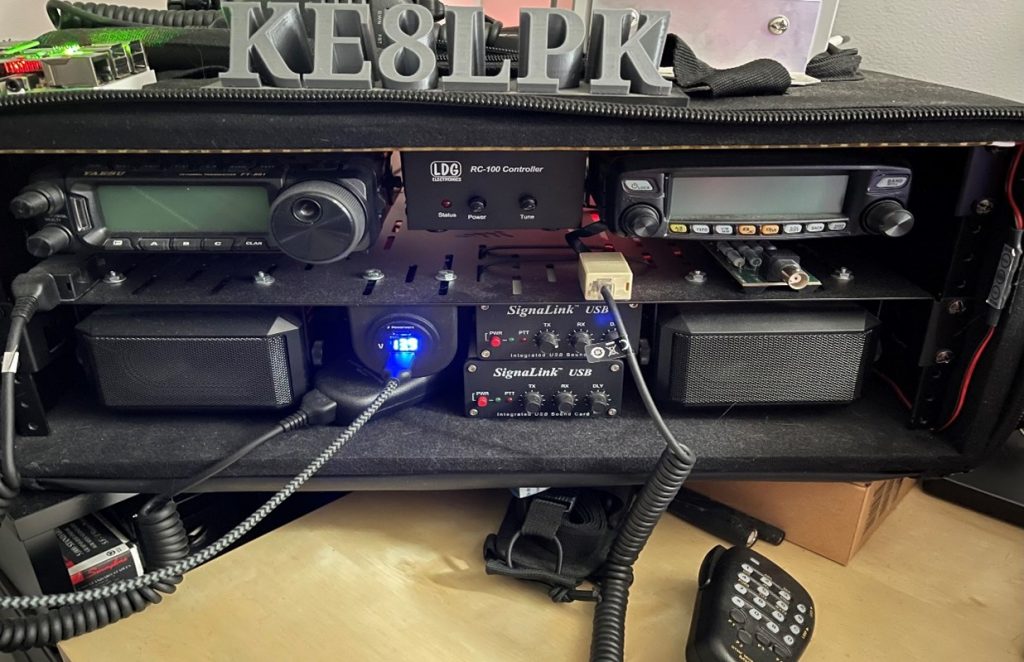
One last example sits across the room from me. This is a 4U soft-sided, rack-mount system. HF capability is on one side and 144/440 MHz capability is on the other side, with digital capability for both. The soft sides make it lighter weight while still being decently robust. These cases tend to come with carrying straps and have a zip-down front and back for air flow.
Do you have questions about go boxes? Share them in the comments below or email me at KE8FMJ@arrl.net.

